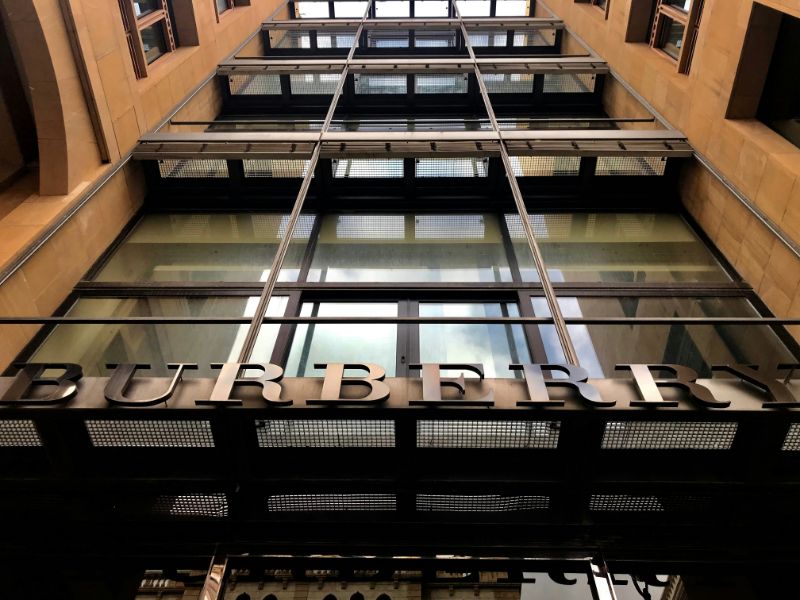Burberry is on the verge of being removed from the FTSE 100 due to a decreasing trend in its share price since last year, regardless of whether we’re going back to boho chic or wearing waistcoats.
The historic brand, well-known for its trench coats and checks, joined the FTSE 100 in 2009 and went public on the stock exchange, but has struggled to maintain its position as a truly global luxury brand. Burberry’s stock is at its lowest point since 2010 following CEO Jonathan Akeroyd’s sudden resignation in July after two profit warnings. He had spent little more than two years at the company.
The company has halted the dividend and stated that it anticipates reporting a half-year deficit in November due to a 20% decline in revenues in the three months leading up to the end of June.
Burberry is unlikely to survive the quarterly FTSE rearrangement, which will be based on market values. Burberry is valued at £2.4 billion, more than £1 billion below easyJet, which is also expected to exit the blue-chip share index.
The challenge of competing with top luxury brands
However, what are the chances that Burberry will reenter the top shares and challenge brands like Gucci or Louis Vuitton?

Burberry has attempted to make a name for itself since the departure of designer and former CEO Christopher Bailey in 2017. The brand has made a significant departure from its warm heritage of raincoats and scarves in an effort to win over younger customers, especially in China, and convince the world that it can compete in a higher price range.
When Riccardo Tisci was hired as a designer in 2018, he garnered attention and received design awards, but his street-inspired clothing felt disconnected from the brand’s history. He left shortly after Marco Gobbetti, the chief executive who had hired him, departed, less than five years later.
Struggles in merging heritage with contemporary fashion
Akeroyd then celebrated a return to British roots by appointing highly regarded Yorkshireman Daniel Lee as creative leader, Lee being known for revitalizing the heritage brand Bottega Veneta. Nevertheless, Lee appears to have failed to combine Burberry’s iconic check and beloved trench coat with contemporary elegance. Simply put, consumers haven’t been enticed enough to pay the existing prices for leather goods due to the current output.

Burberry is trying to rise above Michael Kors and Ralph Lauren and gain the appeal of Prada or Miu Miu without the associated design cachet, with some of their less appealing bags currently retailing for more than £3,000 and a polyester tote costing nearly £1,500.
Leadership changes and strategic revisions for future success
The decision was made at the wrong time, as the cost of living crisis is negatively impacting aspirational luxury consumers worldwide, coupled with a slowdown in China’s economy and the UK’s removal of tax breaks for visitors due to Brexit.
The error made by Burberry, according to Luca Solca, a luxury goods analyst at Bernstein, was trying to climb upscale too quickly, especially in the very competitive market for leather products like handbags, without creating enough brand enthusiasm and with high exposure to bargain shopping.
Joshua Schulman, whose previous experience includes spells at the more approachable Michael Kors and Coach, has replaced Akeroyd, suggesting the brand has realized its limitations. To better embody the accessible luxury that Burberry’s traditional consumer expects, Schulman has stated he will expand price points and place more attention on classic pieces. It is anticipated that he will provide additional information in November. Burberry has previously declared that it will highlight their coats with an international campaign beginning in October.
In closing, Burberry’s journey from a revered heritage brand to a struggling contender in the global luxury market highlights the challenges of balancing tradition with modernity. With its FTSE 100 status at risk and significant leadership changes underway, the brand faces a crucial period of reinvention. The upcoming months will be pivotal in determining whether Burberry can reclaim its position among the top luxury brands or if it will continue to face setbacks.
(Tashia Bernardus)
